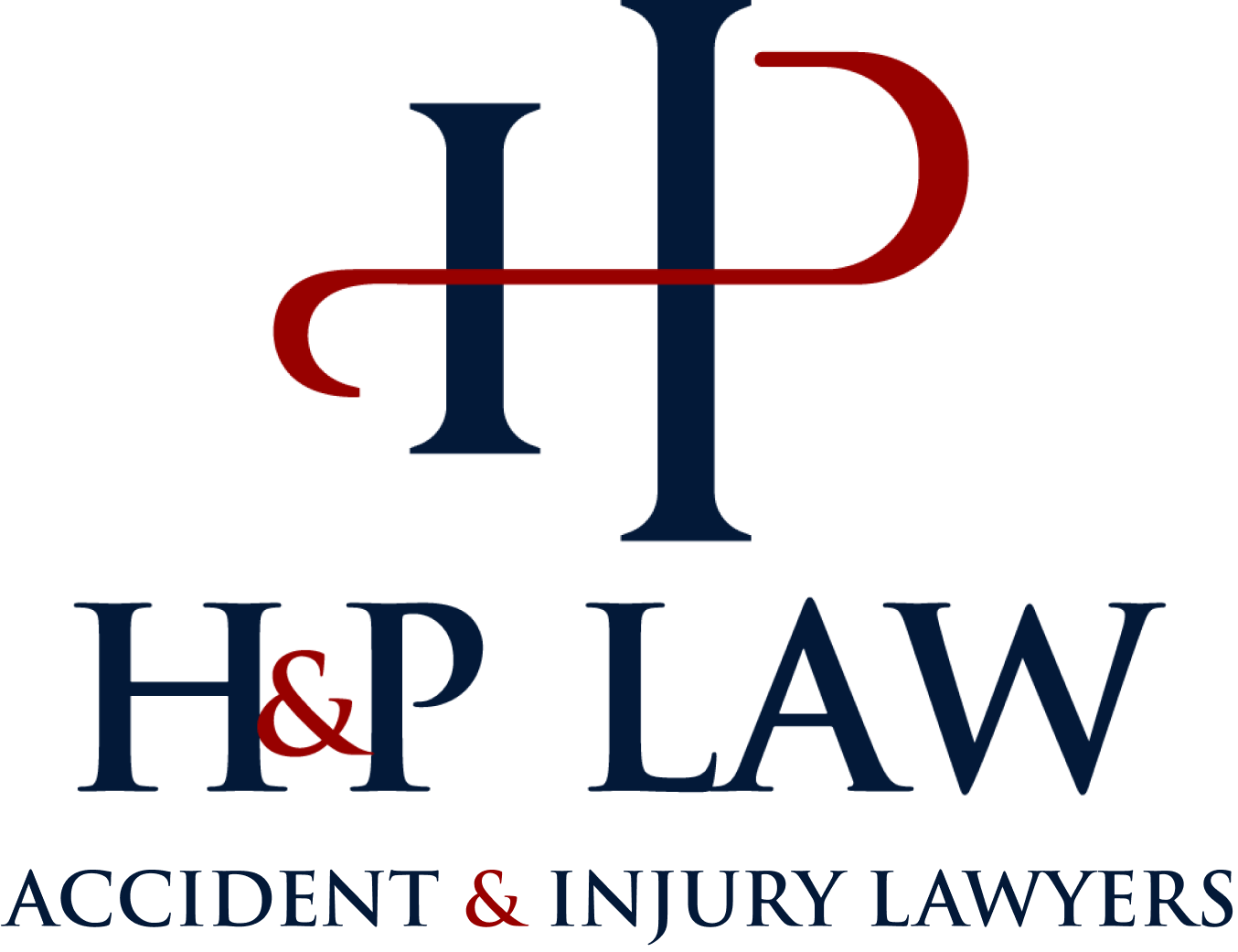
Scientific research shows that the driving abilities of a person who drives while fatigued are similarly impacted as those of a person who drives while intoxicated. According to the National Safety Council, a person who drives after being continuously awake for 20 hours is almost like driving with a blood alcohol concentration (BAC) level of 0.08%. You do not even need to be awake for more than 20 hours to start to feel the effects of fatigue kicking in. Being more tired than normal can result in slowed reaction times and temporary lapses in judgment. Both of these affect your ability to safely operate a vehicle, as a split second can make all the difference when it comes to reacting to a dangerous situation on the road.
Drowsy Driving Numbers
Trying to fit our busy lives into 24 hours a day can prove to be taxing. This is true even with the coronavirus pandemic because although many people have more time on their hands, they are also dealing with more stressful situations that are causing them to be stretched thin.
Some drowsy driving statistics from the National Sleep Foundation, The Center for Disease Control (CDC), the National Highway Traffic Safety Administration (NHTSA), and the Nevada Department of Public Safety (NDPS) include:
- According to AAA, 7% of all traffic collisions, 13% of all accidents requiring hospitalization, and 21% of all fatal car accidents involved drowsy driving in 2015;
- The NHTSA estimates that drowsy driving causes approximately 44,000 serious injuries and 72,000 crashes;
- The CDC reports that drowsiness slows down drivers’ reaction time, distracts drivers from focusing on the road, and affects drivers’ decision-making abilities;
- According to national surveys, 4% of drivers admit to having fallen asleep behind the wheel in the past month and 60% admitted to operating a vehicle while feeling too tired to do so, according to the National Sleep Foundation.
Common Accidents
If a driver is too fatigued to get behind the wheel, he or she may experience some or all of the symptoms listed below while driving the vehicle:
- Difficulty keeping one’s eyes open;
- Falling asleep in short bursts (nodding off);
- Driving the car in and out of a lane;
- Head bobbing up and down;
- Missing road signs.
If a driver experiences any of the above, the likelihood of veering off the side of the road, making an improper lane change, failing to maintain a safe look out, or making an improper turn goes up exponentially. An injured party may be able to establish negligence on the part of the driver and that his or her fatigue contributed–or even caused–the car accident. Sometimes, a police officer’s report may note “driver fatigue” on the police report, however, this is not always the case and other evidence can be used to establish fault. If successful, the at-fault driver’s insurance company should be responsible for the accident victim’s injuries and losses.
We can Help You
Before you speak with the insurance company — whether your own or the at-fault driver’s carrier — contact an attorney. You have a right to do so. The experienced personal injury lawyers at H&P Law will explain your rights and obligations in such a situation. With offices in Las Vegas and Henderson, we are ready to speak with you and start working on your case. Contact us today.




